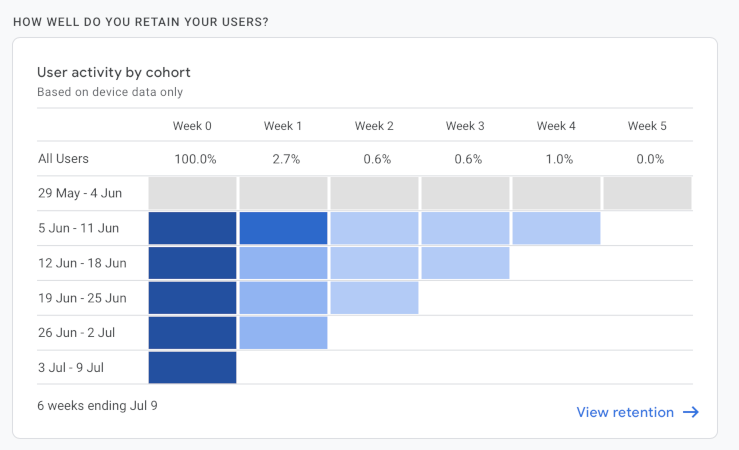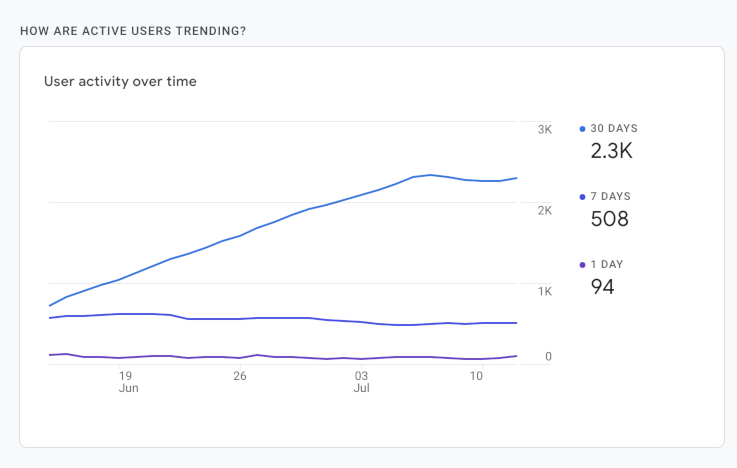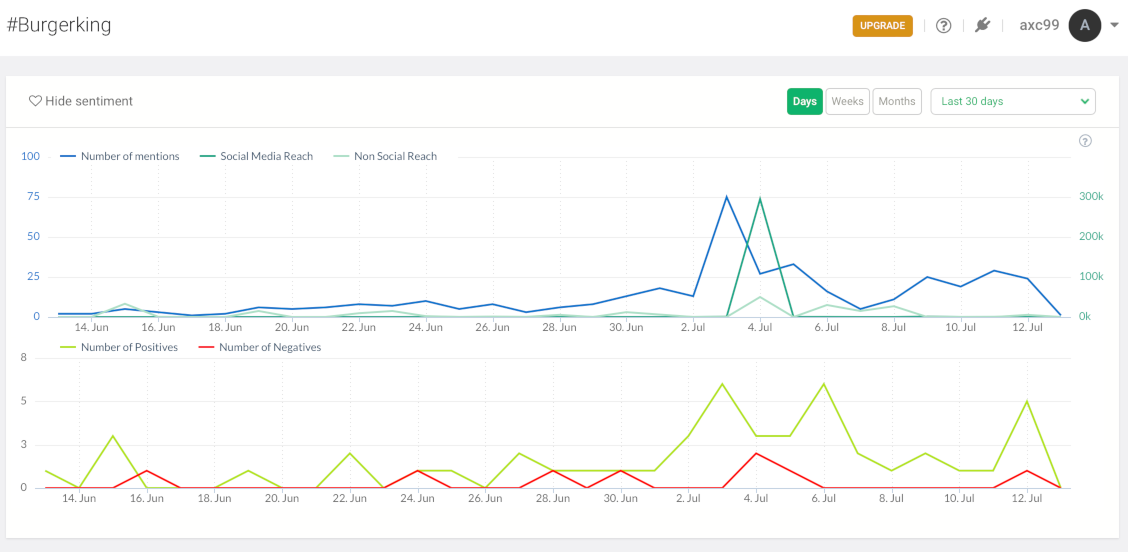Community Engagement Metrics
Published: July 14, 2022
Updated: July 14, 2022
By Alle Ceambur in Community

7 Community Engagement Metrics To Measure Your Success
As a community manager, your main priority is to ensure your community is successful. And that starts with members who are engaged and happy. So how do you know if your community is engaged, active and healthy? There are a few metrics and analytics tools that you can apply to a certain extent to measure your community’s success.
Here’s how to measure community engagement:
Top 7 Metrics to Measure Community Engagement:
#1: Traffic
One of the main indicators of a successful community is site traffic.
How do we measure traffic?
Traffic is the total number of visitors to your community website over time (days, weeks, months). You can use Google Analytics or Facebook Analytics to measure your community traffic and track your growth.
- Is your community getting more or less traffic than the previous month?
#2: Member retention rate
Besides traffic, you also want to know what percentage of your members are returning to your site. Use the following formula to calculate the member retention rate:
Retention Rate Formula: (END - NEW) / START x 100
Where: END = no. of community members at end of a period NEW = no. of new members gained during a period START = no. of community members at beginning of a period
Example: (100 - 5) / 98 x 100% = 86.73% Retention
You can also see a breakdown of weekly user retention on Google Analytics.

#3: Active users
As a community manager, you’d also want to know what’s the number of active users in your community. Active users are measured as the no. of unique visitors who visit (or log into) your community in a week, month or day. This is usually less than your total no. of followers or registered users.
You can get this data from Google Analytics.

#4: Percentage of UGC
User-generated content (UGC) is important for communities. The more UGC you have, it generally means that your community members are engaged by getting involved in creating content.
How to know your percentage of UGC?
UGC% = Percentage of your community content that is created or published by community members.
Formula: UGC / (UGC + Host) x 100%
Where: UGC = Content created by members Host = Content created by hosts (or community managers)
Example: (2 / 10) x 100% = 20%
#5: Community sentiment
Community sentiment is more difficult to measure in a community. As a community manager, you can roughly gauge whether the number of positive comments, posts and feedback is higher than the negative.
Study your community posts and find out:
- How many positive comments/feedback?
- How many negative comments/feedback?
- Is there more positive or negative sentiment in your community?
If you’d like to dive deeper into market sentiment, you can track your brand hashtags in Brand24.

#6: Member contributions
The following count as member contributions:
- No. of member posts
- No. of reactions
- Upvotes/Downvotes
- Group chat messages
- No. of DMs
- No. of comments
#7: Visibility (views from social media)
Measure views from social media pages:
- Facebook Reach
- Tweets/ReTweets
- Views/Comments on Social media posts
Why measure community engagement?
Simply put: For community managers data is knowledge. And knowledge is … POWER.
The more you know about your community and members the better equipped you are to grow a successful community.
Choosing the right metrics that are relevant to your goals and tracking them using a spreadsheet is the first step to ensuring a happy, healthy community.